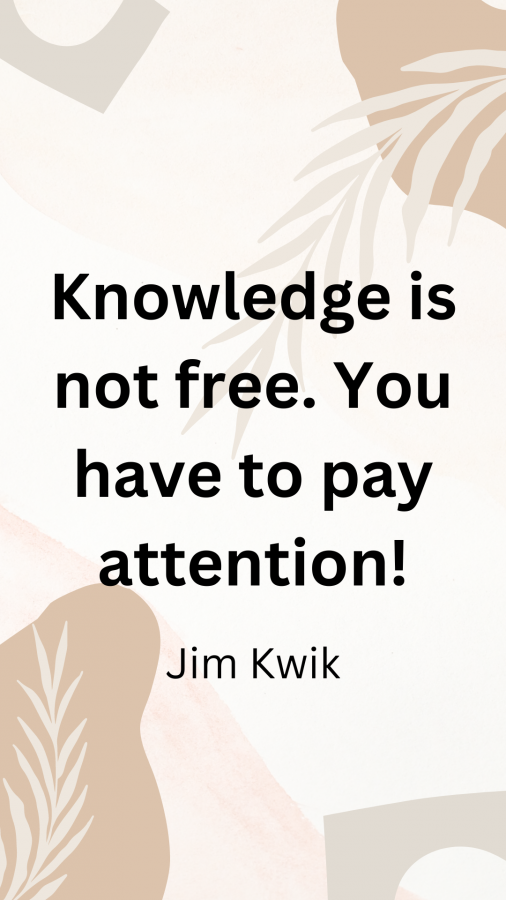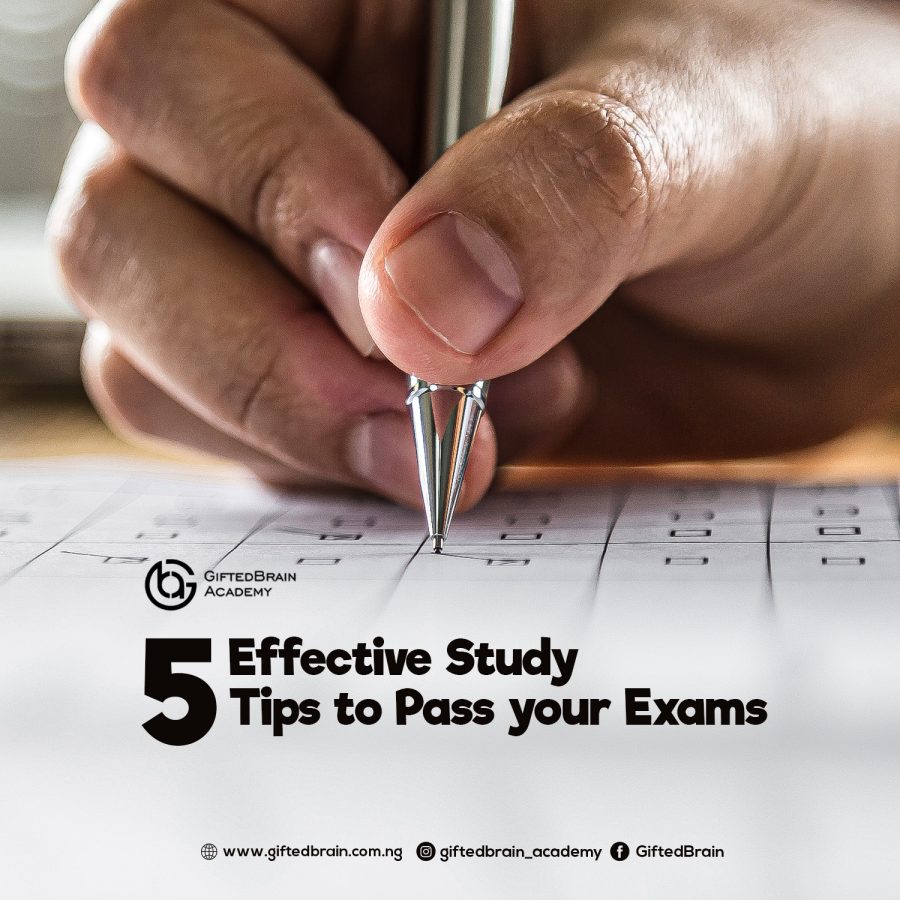There are so many ways to research, however, some ways do not make research effective enough.
These are the ways to conduct research EFFECTIVELY. If you follow these steps your learning will become very fun, detailed, interesting and very informative. You will also learn how to conduct various research on different topics.
Let’s start by defining Research.
What is Research?
Research is simply the process of gathering information and data to learn more about a particular topic.
Why do we even need to research?
Research is important to gain a deeper understanding of a topic, find specific answers to specific questions, solve problems, and make reformed decisions.
Now, how can we effectively research?
Below are 10 (ten) steps to research effectively
1. start with a clear research question or topic
This first step means you should identify your topic (if not given a specific topic) and develop your topic.
To identify and develop a topic for analysis, start by brainstorming ideas based on your interests, experiences, and questions you have. Once you have a list of potential topics, narrow down your focus to a specific topic that you can study in-depth. Develop your topic by creating an outline, conducting preliminary research, and refining your question.
2. Create a research plan and timeline.
A research plan simply means a schedule, an arrangement, and a plan on how to conduct your analysis. A timeline is a visual representation of an event that occurs or will eventually occur. It is very important. Always create a time and plan for your research. It can be in the morning or evening. If you don’t schedule it, you won’t do it. Time management is very important; it helps to avoid procrastination.
3. Use a variety of sources, including academic journals, books, and reputable websites.
This third step means that when you analyse using multiple sources, you get a more well-rounded understanding of the topic. You can compare and contrast the information you find, which can help you form your own opinions and conclusions.
By using a variety of sources, you can avoid biases and misinformation. If you only rely on one source, you might not get the full picture. Additionally, different sources can provide different types of information, such as statistics, personal experiences, or expert opinions. This can help you develop a more comprehensive understanding of the topic you’re researching thus making you research effectively.
4. Take detailed notes and organize your research.
The fourth step is Note-taking. this is very important and can not be overemphasized. To take detailed notes and organize your fact-finding, try the following:
- Use a note-taking system that works for you, such as bullet points, mind maps, or Cornell notes.
- Be sure to record the source of each piece of information you find, so you can cite it later if needed.
- Organize your notes by topic, so you can easily find the information you need when you start writing.
- Use headings and subheadings to create an outline of your research, which can help you see the big picture and how all the information fits together.
- Review your notes regularly to make sure you understand the information and to refresh your memory.
- Be sure to keep your notes organized and easily accessible, so you can find them when you need them.

5. Evaluate the sources you use for reliability and credibility.
Evaluate the source by assessing the reliability, accuracy, and authority of the information presented in the source. To evaluate a source for credibility, consider the following questions:
- Who is the author or publisher of the source, and what are their credentials or expertise in the subject matter?
- Is the source current and up to date?
- Does the source present an unbiased view of the subject matter?
- Has the source been reviewed or edited by other experts in the field, or is it a self-published or unreviewed source?
By answering these questions, you can determine whether a source is credible and reliable and whether it is appropriate to use in your research. You need to use credible sites for research e.g., for law or academic research, you can use Law Pavilion, Judy.legal or Google Scholar.
6. Use citation tools to properly cite your sources.
The sixth step we have for you is citation!!! It is very important to cite your sources. This avoids plagiarism of other people’s work. The citation also attracts marks (if researching for an academic purpose) as it also makes your work very credible.
7. Analyze the data you collect and draw conclusions based on your findings.
Analyze your data from careful observations and knowledge obtained.
When analyzing the data you collect, it’s important to look for patterns and trends. You can do this by organizing your data in a way that makes sense, such as by date or by category. Once you have your data organized, you can use graphs, charts, or other visual aids to help you see patterns and trends more clearly.
When drawing conclusions based on your findings, be sure to consider any limitations of your data. For example, your data might be skewed if you only collected it from a small group of people or if you didn’t collect data from a representative sample. It would help if you also were careful not to draw conclusions not supported by your data. Instead, focus on what your data tells you and use it to make informed decisions or recommendations.
8. Revise and refine your research as needed based on your analysis.
In this step, it is time to reduce or increase your information. If there is unnecessary or repeated information, you need to remove it. If it is too brief you need to add more material and information. Your work must be detailed, straight to the point, entertaining as well as informative.
9. Take breaks and avoid burnout.
Our ninth step is taking breaks!!!
This is very important and can not be over-emphasized. This can make your research effective and take it to the next level. Taking breaks and avoiding burnout is crucial when working on any analysis. Here are some tips to help you avoid burnout:
- Take regular breaks to rest your mind and body. This can help you stay focused and productive when you return to your work.
- Get plenty of sleep. Lack of sleep can lead to burnout and make it harder to concentrate.
- Exercise regularly. Exercise can help reduce stress and improve your mood.
- Eat a balanced diet. Eating healthy foods can help you stay energized and focused.
- Set realistic goals and prioritize your tasks. This can help you stay on track and avoid feeling overwhelmed.
- Take time to do things you enjoy outside of your research. This can help you recharge and stay motivated.
Remember, it’s important to take care of yourself to produce your best work.
10. Seek feedback from others, such as professors or peers, to improve the quality of your research.
The last step we have for you is to get and ask for feedback. To conduct proper research, you need to involve the help of others. Ask questions, give out surveys, ask for help from lecturers, teachers and friends, and use their experience to conduct your research.
Seeking feedback from others can be a great way to improve the quality of your research. If it is academic, you can ask your professors or peers to review your work and provide feedback on areas that need improvement. This can help you identify any weaknesses in your research or writing, and give you ideas for how to improve.

When seeking feedback, be open to constructive criticism and be willing to make changes based on the feedback you receive. It’s also important to choose your reviewers carefully. Look for people who are knowledgeable about the topic and can provide thoughtful and constructive feedback. Finally, be sure to express your appreciation for their time and effort in reviewing your work.
That’s it guys! It’s time to make that next research effective.



This is so helpful and easy to understand ✨
This is really one of a kind. I believe understanding and desired results in research is attainable by careful application of this article content.
This was a good read. I’ll be applying this in my daily life
Highly informative. You’ve given me a new perspective on studying. The writeup is beautiful. From the intro,to the body,and then the conclusion was executed perfectly. Well done!